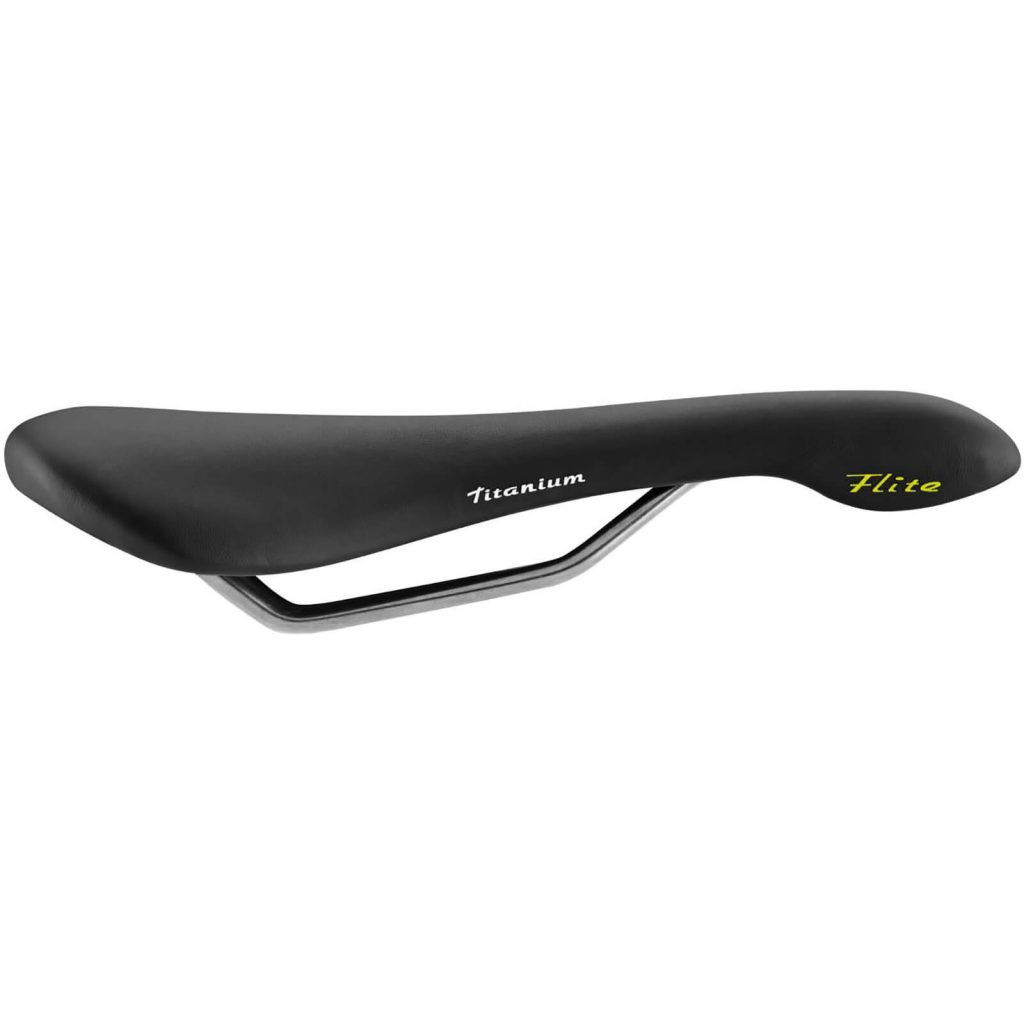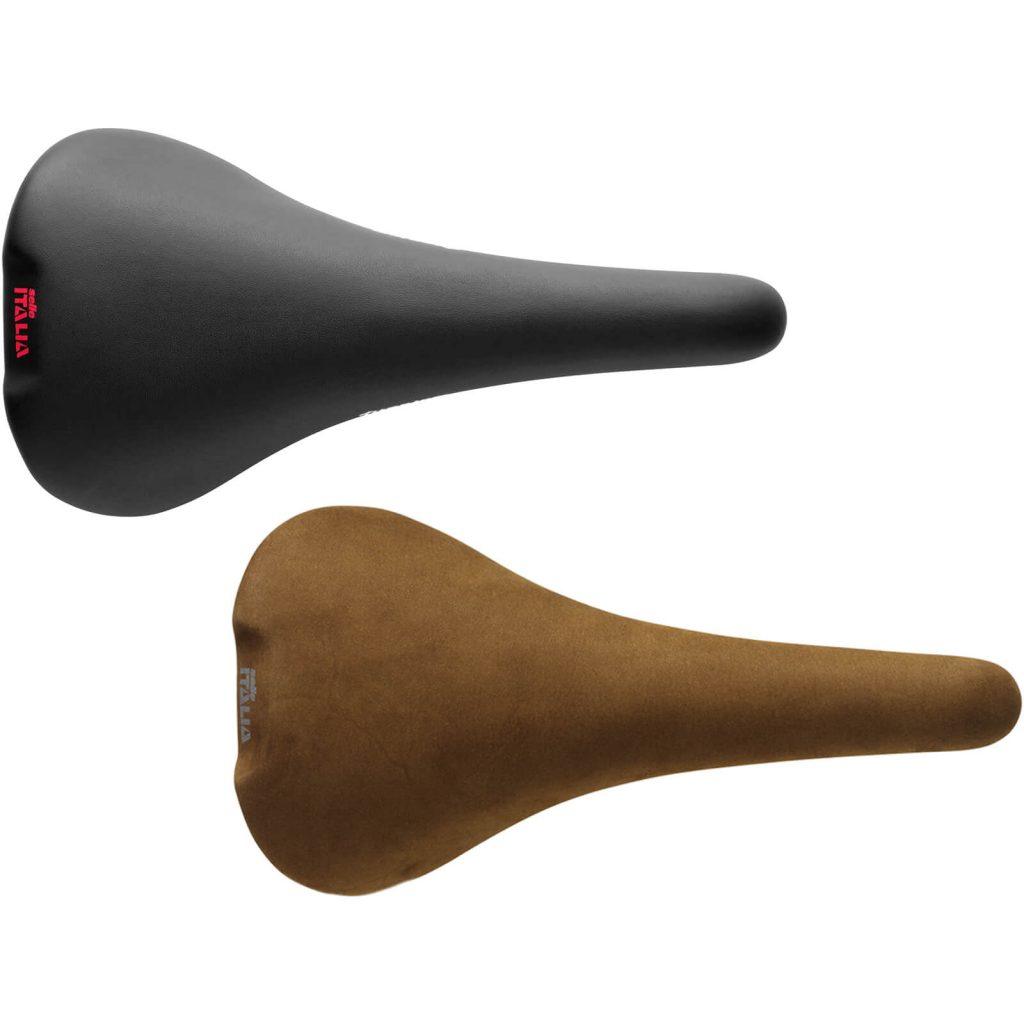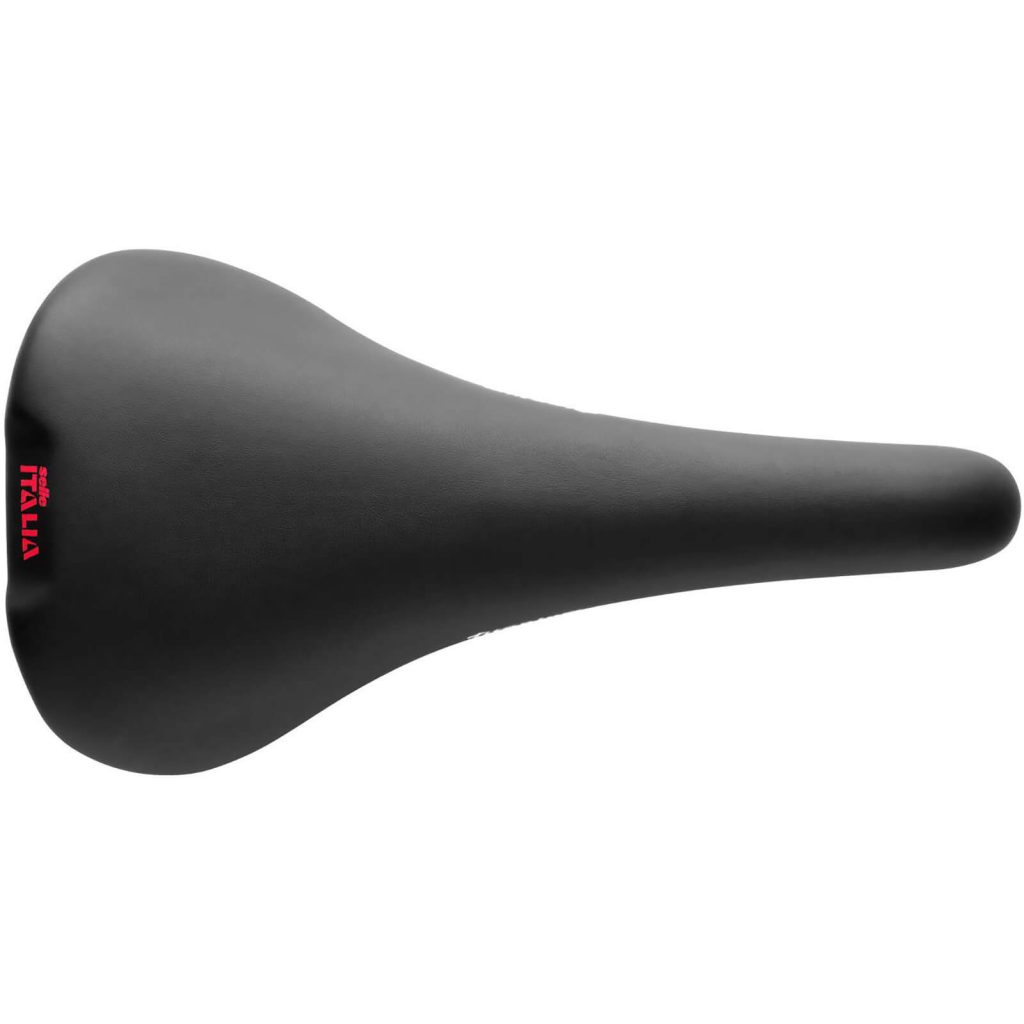A true definition of classic. It’s supportive without being flexy, comfortable enough for all day rides and the shape is pretty much spot on. There’s also a decent amount of adjustment.
Pros
- Comfort
- Weight
Cons
- Leather will need more care than a synthetic upper
- Limited application
About the Manufacturer
Selle Italia first began their incredible journey into the cycling industry back in 1897 in Corsico, just outside of Milan, Italy, at a time when automobiles were too expensive for most people and bicycles were the major method of transportation. Beginning with the Bigolin family in the 19th century, the company has always focused on innovation and performance, combined with state of the art materials and designs. This focused diligence and dedication to producing only the best of the best has resulted in Selle Italia remaining one of the leaders in the industry worldwide over the years.
Through continual research and testing, they have become and remain experts in the field, constantly improving and enhancing their technology and their products. With a Selle Italia saddle, you can rest assured that you will be cycling not only in style, but in the most comfortable and efficient way possible
Review
In the world of road cycling there are very few designs that last more than a couple of years. Even though road cyclists are notoriously more conservative than their mountain biking cousins (hello tubes and rim brakes) most have accepted that carbon is king and the professionals are riding around on machines that have more in common with F1 cars than your average commuter.
Saddles, being such a personal preference for many, somewhat fall out of the march of progress. The classic example is of course Brooks – but you won’t see many out a Sunday group rider with a leather saddle. The Flite on the other hand is right at home and while it’s definitely a more modern design than the traditional Brooks saddle, it’s still a 30 year old design – in 1990 pros didn’t wear helmets, rode aluminium and used down tube shifting.
In truth the newest iteration of the Flite does have some concession to modern materials engineering including a carbon composite shell and a revised leather design, but everything else – the shape, the rails, the padding is the same. It looked like the future back then and it’s still a handsome design now and compares very favourably to modern saddles in the weight stakes weighing a very respectable 200g.
If ‘1990’ put you off then we should tell you straight away – this is still a great saddle. A true definition of classic. It’s supportive without being flexy, comfortable enough for all day rides and the shape (for this rider at least) is pretty much spot on. There’s also a decent amount of adjustment you can get.
The only really deal breaker here is the leather upper – some people absolutely despise leather saddles and there’s no doubt that it’s definitely more vulnerable and will need more care than upper on a more modern perch.
While we’re on aesthetics it should be noted that the logos also scream “old school”, but really you’re not going to be slapping this saddle on a Trek Madone. If you’ve got an old steel classic or even a more modern aluminium ride (we think this would go great with a CAAD12 or an Emonda ALR) then the Flite classic is one that should be near the top of your list.
Key Specifications
- Width: 140mm
- Weight: 205g
- Material: Leather upper, carbon reinforced shell, Ti rails



